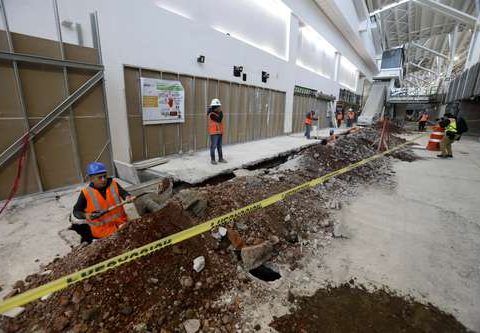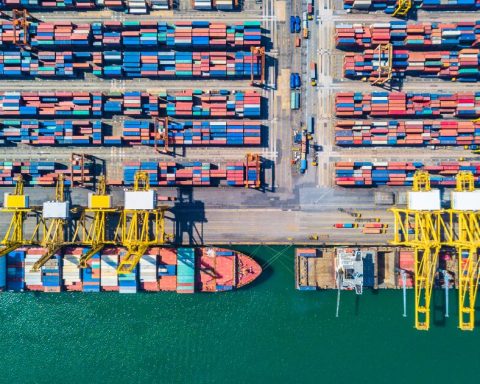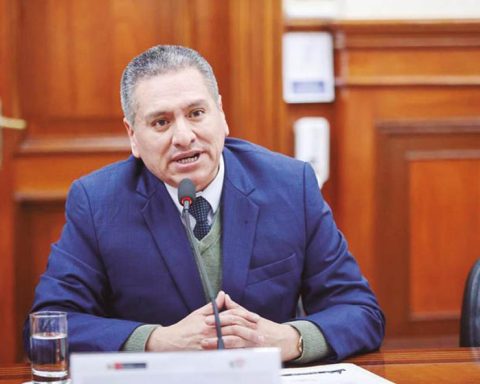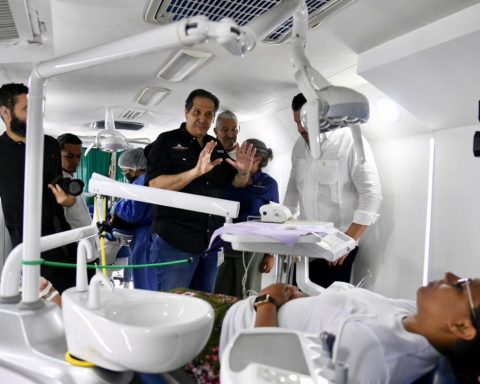General and Agrarian archives modernized; they can be consulted online
Alonso Urrutia and Emir Olivares
The newspaper La Jornada
Tuesday, September 24, 2024, p. 6
The general director of the General Archive of the Nation (AGN), Carlos Abreu, reported that during the current administration they managed to systematize all the documents related to the dirty warwhich allows you to have access now in person and without restriction
to the files of the Federal Security Directorate and the General Directorate of Political and Social Investigations, as well as digitizing 5 million 784 thousand images of the files of these two institutions.
As part of the presentation of the results of government actions in favor of historical memory, during yesterday’s presidential conference the official said that this digitalization will facilitate the consultation of “everything related to police persecution and repression, abuses of authoritarian governments of the period known as dirty war which account for serious violations of human rights.”
In his presentation, Abreu acknowledged that in 2019, when making a diagnosis of the conditions in which the AGN was received, It revealed to us the alarming precariousness of the most important and extensive heritage in Latin America, the repository of more than 500 years of history.
.
When detailing the actions undertaken by the institution, he specified that 3 million 250 thousand descriptive files were prepared and approved and 22 million images were digitalized that will facilitate consultation from any part of the national territory and the world through the document repository.
On the other hand, actions were taken to recover historical documents that were illegally removed, and a specialized legal doctrine was applied to improve prevention and combat illegal trafficking of the national documentary heritage in a better and more effective manner.
For his part, the director of the General Agrarian Archive (AGA), Pedro Salmerón, commented that during this administration a strategy was undertaken to recover the documents that protect the social ownership of the land, which in total reaches 51 percent, unlike in the past, when they were stored in three industrial warehouses without the minimum conditions for their preservation.
Salmerón stressed the importance of preserving this documentation in the AGA, which began to form in 1915 with the submissions of the towns and communities themselves who demanded the return of their usurped lands, mountains and waters, as Zapata said in the Plan of Ayala.
The AGA safeguards the fundamental sources of the history of the agrarian struggle and demands. It is a collection of more than 45 thousand linear meters of documents, almost as much as that safeguarded by the AGN, Carlos, and nearly 350 thousand plans, which makes the AGA the second most important archive in the country.













